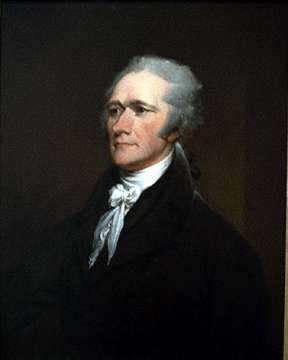1803 Marbury vs Madison

In this landmark decision, the Supreme Court stated that it was the final arbiter of the Constitution of the United States. This power ultimately established the Supreme Court as a co-equal branch of the government.
In the 1800 election, the Federalists lost both the Presidency and control of the Congress. The Federalists passed the Judiciary Act of 1801, in the final months during which they still maintained control of Congress. This Judiciary Act created 6 circuit courts and 16 new judgeships, along with a number of other judicial appointments.
William Marbury was one of the people appointed to a judgeship in the last days of Federalist power. He was appointed a justice of the peace for the District of Columbia. His commission, however, was never delivered. When Jefferson became President, he instructed Secretary of State Madison not to deliver the commission.
Marbury sued. The Supreme Court, under the leadership of Chief Justice Marshall, faced a dilemma. If it ruled in favor of Marbury, it would no doubt be defied by the administration. If it ruled against Marbury, however, it would be admitting that the Court had no power.
Marshall found the political middle. He ruled against Marbury on a technicality. On the other hand, he ruled that the judiciary had the right and responsibility to decide what was and what was not constitutional.
In subsequent decisions under Marshall's leadership, the Court assumed its position as a branch of the government co-equal with the executive and legislative branches. In Fletcher v. Peck, the Court struck down a Georgia law as unconstitutional. In the decision of Martin v. Hunter Lessee, it denied the claim of the Virginia judiciary that it was not subject to the authority of the federal judiciary.
 >
>